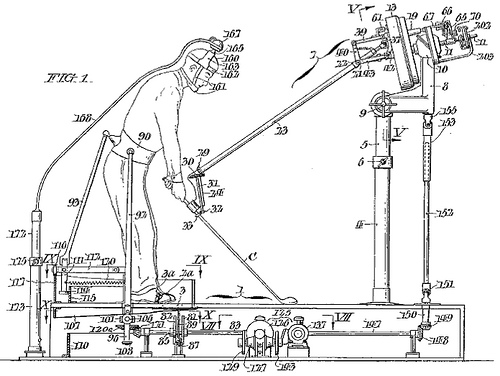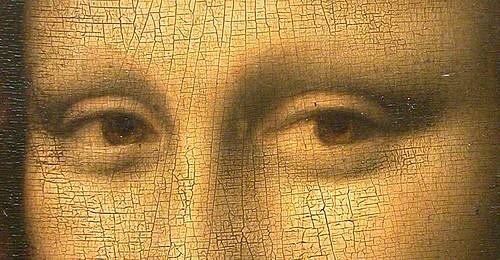On Dec. 9, 1873, something strange happened to Thomas B. Cumpston and his wife in Bristol’s Victoria Hotel. From the London Times of Dec. 11:
They were alarmed at about four o’clock in the morning by terrible noises which they could not explain, and which frightened them very much. The bed seemed to open, and did all sorts of strange things. The floor, too, opened, and they heard voices. They were so terrified that they opened their bed-room window and leapt out. Mrs. Cumpston, also, gave her version of the affair. She said they heard terrible noises at about four o’clock in the morning. The floor seemed to be giving way. It certainly opened, and her husband fell down some distance, and she tried to get him up. What they said was repeated every time they spoke. Being very much frightened she asked her husband to fire off his pistol, which he did, into the ceiling.
The two leapt into the yard and ran to a nearby railway station, where police charged them with disorderly conduct and letting off firearms and released them into the custody of a friend. “No explanation can be given of this strange affair, and the belief is that it was an hallucination on the part of the husband.”



